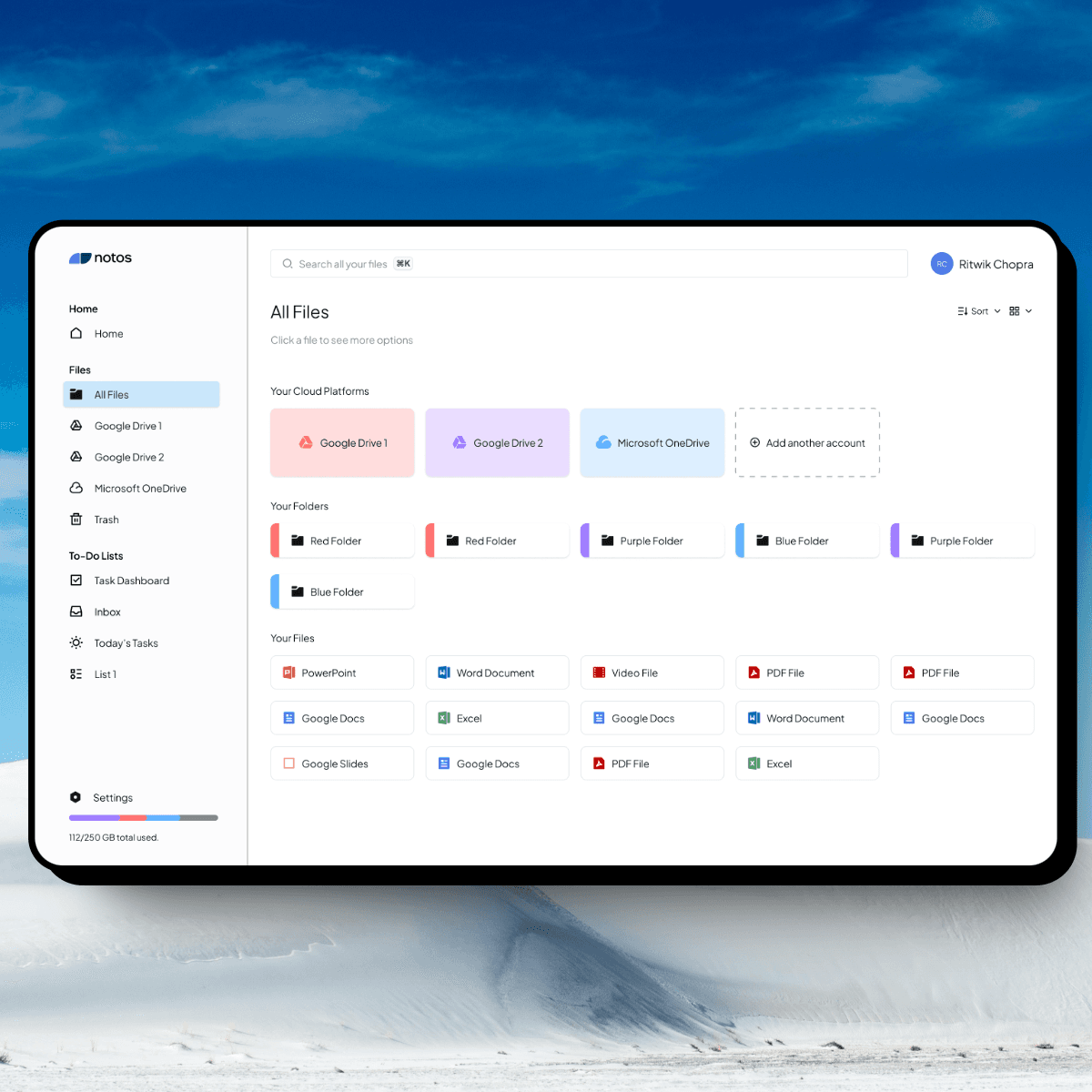Overview
Making connections at an event can be cumbersome. Holding 100s of business cards or accepting 30 LinkedIn connections with no context can be overwhelming to even the most seasoned professional. This is where Jot Contact Manager™ comes in.
Jot Contact Manager™ is a pocket CRM app that is designed to help you make more meaningful connections during networking. In Jot Contact Manager™, you can take notes on specific contacts and get a digital contact card to share with others. You can also add tags to contacts to segregate them into different lists.
My Role
Research, UI design, prototyping
Timeline
3 months
Team
Michael Septirymen, Christie Kwan
Software Used
Figma
The Problem
The Jot Contact Manager™ app was lacking in popularity. Although people saw the value in the app, many of them decided against using it due to the clunky UX and outdated looking UI. As a result, we had a high churn rate, and a very low conversion rate for paying customers.
Christie Kwan - the senior designer - and I were tasked with redesigning the app to look more modern, and improve some of the UX issues plaguing the app.
The Challenge
How might we use design to attract more paying customers and increase retention rate for the Jot Contact Manager™ app?
Phase 1 - Research and Revision
Heuristic Review
First, we conducted a heuristic review to determine the usability of the current UX. This review allowed us to determine which parts of the app had UX problems, giving us a good idea of what app components to target. We specifically evaluated the home screen page and the contact page, which are the two most important and representative screens.
We found that most of the issues were in the design and layout of the app, as well as the mental workload. Briefly, there was too much information being presented at once, with bright colors that take away the attention from key action items. There were also problems with hierarchy and information legibility.
Figure 1 - A heuristic evaluation of the Jot Contact Manager™ app; created in Obsidian.
Figure 2 - The affinity diagram created to decide which problems to focus on; created in FigJam.
User Interviews
Next, we conducted user interviews to gather feedback about the app’s current UI and UX. Based on our campaign at the time, our main audience was university students who cared about networking and want to differentiate from their peers.
We tabled at the University of Toronto, Scarborough to gain feedback. Over 90% of the users claimed that our app UI was unaesthetic and outdated, while around 50% had a hard time grasping the app’s use-case from viewing the home screen and listening to some background information. The user interviews confirmed the findings from our heuristic evaluation.
Solution
Our solution was to create a completely new visual design system and overhaul the app's outdated branding. We also changed the call-to-action buttons to be more enticing, as well as removed unnecessary buttons.
I also introduced a mascot for the app: Kevin, to guide users through the onboarding process, and act as the official persona for Jot™ Support. Finally, we introduced gamification through an achievements and leaderboard system to incentivize users to regularly use the app.
Phase 2 - Ideation and Design
Design System
To address the concerns that our UI was outdated and unaesthetic, we decided to incorporate a new visual design system. We used a muted gradient for our background to draw more attention to our components instead. Then, we incorporated a more minimal “frosted glass” design system for our buttons and components.
We also decided to redesign the navigation system, creating an easier to understand, more modern design. Finally, we switched up some of the icons to be more in line with modern standards.
Figure 3 - Some components from the new design system, including new icons, buttons, and card-based system.
Card-Based System
To address the mental overload and coherence issues, we decided to employ a card-based system in our home screen and have cascading tabs to hide some information (seen in Figure 3). We also decided to add a “show more” button on the contacts page to reduce the amount of information visible at once.
Additionally, through the new visual design system, we were able to increase the contrast between the action items and other components.
Figure 4 - A comparison of the old and new home screen.
Figure 5 - A comparison of the old and new contact screen.
Improving User Retention
To improve user retention, we incorporated gamification in the form of badges and achievements, as well as introduced an onboarding screen for new users entering the app for the first time.
Since both of these were new features, they immediately adopted the new visual design system. The onboarding screen would feature the new mascot, Kevin.
Figure 6 - The new onboarding screen to help users through the setup process.
Figure 7 - The new gamification feature (leaderboard and badges), using the new visual system. Not a true representation of badges available.
Phase 3 - User Testing and Launch
User Testing
After prototyping the new screens and testing the new visual design system within the team, we conducted user testing at Collision Conference 2023. We asked users to conduct a short survey, evaluating the usefulness of the new features, as well as asking questions regarding the new design of the app. This time around 90% of the feedback we received was positive.
We also reconducted a similar survey at the University of Toronto, Scarborough. We found that more students were reacting positively to the new design, with no comments of the app being unaesthetic and/or outdated.












